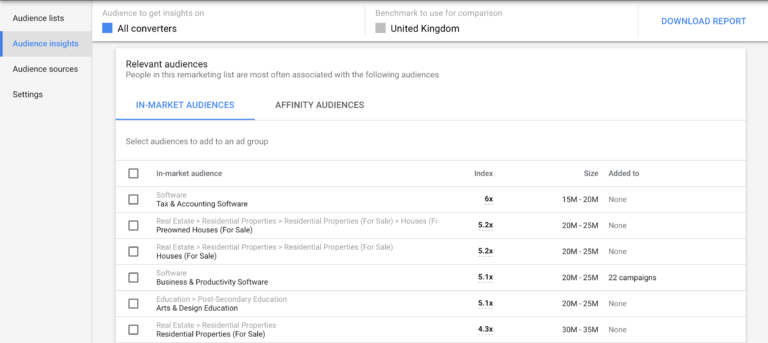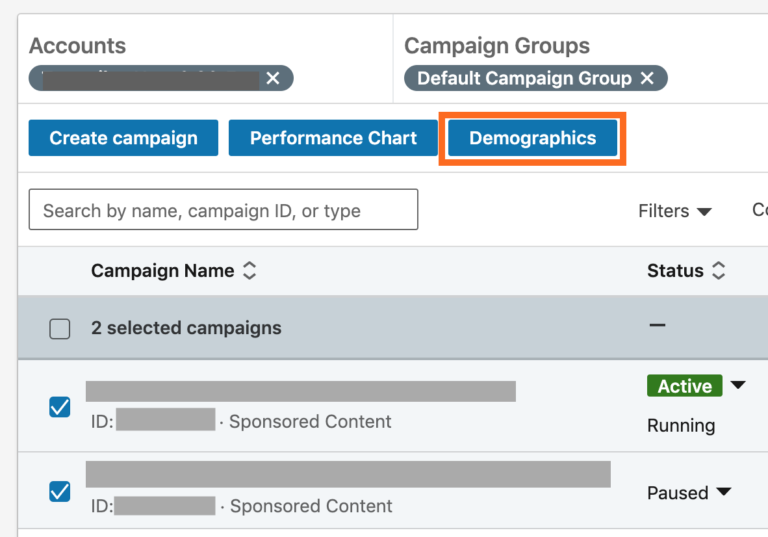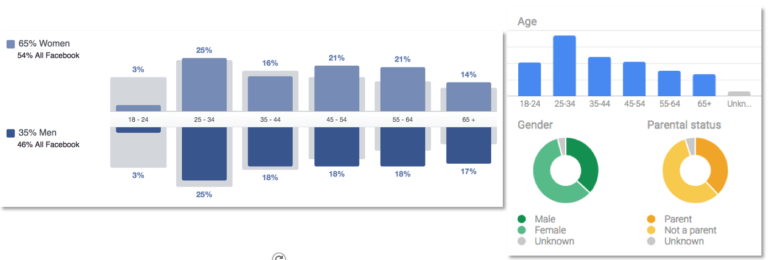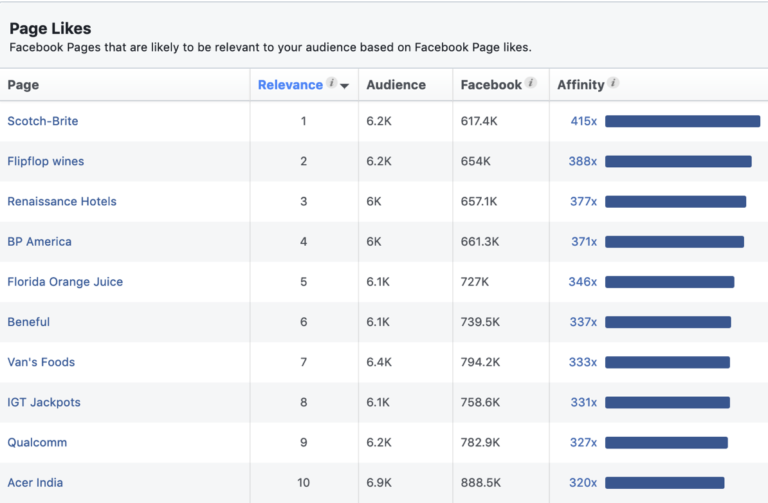- What do they like?
- What do they buy more than?
- Where are they willing to buy online?
- What sites are duplicated? where do you live?
- What are their interests?
- How can I improve their targeting and all their friends and family?
I got it.
Ad platforms contain a large portion of this data (read: all) and in some areas of our accounts, allow us access.
I am talking about one area in particular: public insights.
Most advertising platforms have their own version of this now. Facebook, Google, LinkedIn, Pinterest, etc. We can also perform some similar analyzes using Google Analytics.
Long story short, sky is the limit when trying to learn more about your target audience.
The first time you go to these tools, you may feel like a child in a candy store. There is a lot to learn and you can learn a lot about your audiences in your account.
But then comes the moment you think, "How can I take advantage of this information?"
This is what I hope to help today.
The tools are great and they can offer a lot of great information, but if you do not know how to take advantage of this tool they are basically worthless.
So let's examine how we can start using this information for our benefit.
1. Find a new targeting within the platform
The simplest way to benefit from Audience Insights is to use it to find new targeting in the same account.
In Google ads, you can analyze your audience to see demographic information, but more than that, Google will show you the In-Market and Affinity categories your audience includes .

A new test target, that's easy.
Now, that does not mean that you should go and target all the categories of the market and Affinity listed, but Google tells you that your audience has a greater chance of being in those audiences than anyone else on the platform.
Maybe start using some of these audiences with more specific targeting options to restrict focus. Or if someone seems to fit enough, you can test it on its own and know how to do it.
In general, if you're looking to expand, there can not be a better place to find exactly what Google sees your audience on the Internet.
2. Improve / refine targeting through pattern analysis
To be completely honest, this is one of the preferred ways to adjust targeting within the platform.
Let's say you get strong performance from your LinkedIn campaigns, but you feel there's still room for improvement. good news! LinkedIn performs the best job in making finding competencies surprising.

When in your account, click the checkbox next to the campaign (s) you want to review performance for, and then click the "Demographics" button at the top of the navigation.

You'll be taken to a screen that looks like this, where you can split performance into campaigns where your target groups have more impressions, clicks, and conversions.
But this is not the best part.
The best part is that it shows you this information for all kinds of targeting options, whether you're targeting them or not.
In the picture above, my campaign actually targets people in the finance industry with high seniority in the job and more than 50 employees.
Although I do not target them, I can see the data by Job Job and from the above picture, obviously the people who are operations simply do not get into what I sell.
By excluding them, I can spend a higher proportion of our budget on business development and see higher performance by adding a new exception only.
without thinking.
3. Translation of cross-platform targeting
One of the common mistakes marketers make is to assume that targeting options for one audience are the same across different platforms.
This is 100% not the case.
They can be close, but they will rarely be the most logical option.
Take the example below. You've created remarketing lists that match Google and Facebook. I then reviewed the views of the public and found the following about age and sex.

Now, from Facebook data, you may have concluded that people under the age of 24 were a waste of time. But when you see Google, it has a 5-fold effect, which makes you sing a different tone.
Sure, this may not be a dizzying revelation of the highly ported performance of the land, but what is the businessman refusing to sell more once you include a age group on a single platform? No one, that's who.
What we have to do instead is to translate targeting our audience from one platform to another.
To do this, we create remarketing lists in a single platform based on tracking / indicators from another platform.
Were you curious about the size of your company to users who came from your Facebook audience?
Mark them and create a remarketing list for those users on LinkedIn and go there!
What the public in the market do top marketing leaders tend to fall into?
Go to the goal and tag those people on LinkedIn, review their Google Analytics ranking, or create and engage an audience in Google ads.
It's a simple strategy, but once you know how to target a unique audience from one platform to another, your chance to find more perfect customers is doubled.
4. Effect on cross-channel targeting
This is one little more yet, but still can be impressive.
I like the audience of dedicated intentions on the Google system, but sometimes it may be real pain to discover what to use as keywords or root URLs.
If you're stuck, look for the Facebook Audience Insights tool in the Pageviews section.

Whether you're trying to understand a new audience you've created or a list of users who like your Facebook page, this section will tell you about the popular pages that users like and those that have a higher link to them.
Can be used to develop people, copy ads / messages, or directly as targeting options in Custom Intent audiences.
conclusion
Audience Insights tools can be powerful assets, but only if you know how to make them workable. Follow these strategies and start improving your audience's game.
What other ways do you have to take advantage of public insight tools? what do you prefer? Share with us in comments!

